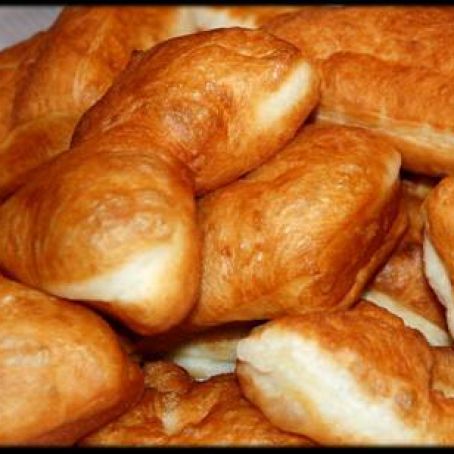Karawhiua - Give it a Go!
Kia ora tamariki
Here is a fun 'scavenger hunt' style challenge for you to have a go at.
Time yourself and see how long it takes for you to find the following:
1. Find something that is kōwhai
 2. Find something that has the number rima on it.
3. Find something that makes you koa.
4. Find some of your favourite kai.
2. Find something that has the number rima on it.
3. Find something that makes you koa.
4. Find some of your favourite kai.
5. Find something that is ātaahua.
Scroll down for help with Te Reo meanings.
Perhaps you could collect the items and photograph them for me to post on the blog.

Tahi, Rua, Toru.....Haere!
(One, Two, Three....Go!)
Te Reo Meanings
kōwhai - yellow
rima - five
koa - happy
kai - food
ātaahua - beautiful

Indie Jaksic from Room 11 took 59 seconds to find the following items:
She also searched the Maori dictionary online to learn the
Maori word for each item and all of her kupu (words) are correct.
We can also use the word tuakana for older sister.
Kowhai (yellow) - Paper (pukapuka) 
Rima (five) - Card (kari)
Koa (Happy) - Her new Puppy Frankie - (papi) 
 Kai(Food) - Banana (panana)
Kai(Food) - Banana (panana)
Ataahua (beautiful) - My older sister (kauaemua) Tu Meke Indie - Kau ma te wehi! How awesome!
Jayan Patel of Room 19 has also managed for find the 5 items....ka pai! Love the kai you picked too! Your cat makes you koa (happy) and is ātaahua (beautiful) too!
Tu Meke Indie - Kau ma te wehi! How awesome!
Jayan Patel of Room 19 has also managed for find the 5 items....ka pai! Love the kai you picked too! Your cat makes you koa (happy) and is ātaahua (beautiful) too!




















